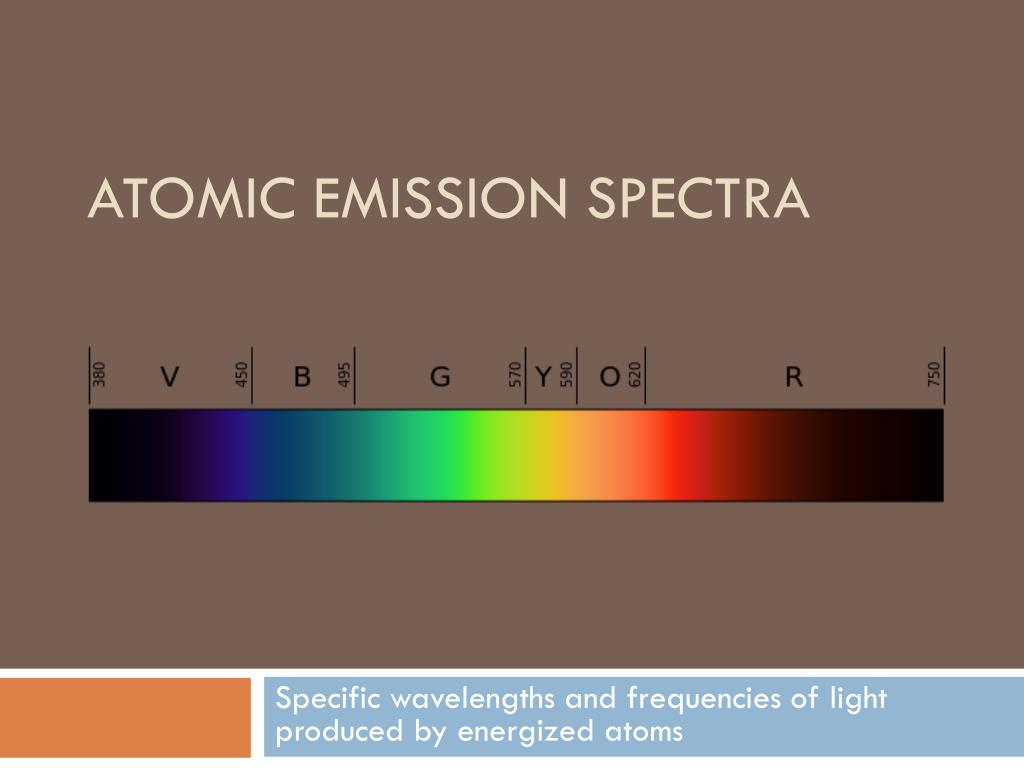
Atomic spectra graph series#
The H-atom emission spectrum also contains lines in the ultraviolet and infrared ranges.\) for this series would be: Table 1.5. ( Spectra used with permission from Prof. The colors of the discharge lamps are shown on the right. In this article, however, we’re going to use PES to deepen our understanding of atomic. Figure 6.3.4: The different emission transitions for the hydrogen atom. The following image shows the line spectra in the ultraviolet (Lyman series), visible (Balmer series) and various IR series that are described by the Rydberg equation.

Scientists often use PES to study the elemental composition of materials or to characterize bonding in molecules. 1 R( 1 n2 1 1 n2 2) R is the Rydberg constant, R 1.097x10 7 m -1 and n 1 the graph of the spectrum or, if a printer is available, print the graph. Passing the light through a prism produces a line spectrum, indicating that this light is composed of photons of four visible wavelengths, as shown in Figure. Using the Smart Tool on the graph, measure the angle from the central maximum to the first side maximum (m 1) for at least two different colors. Their strengths normally diminish along the diagonal. This handbook is designed to provide a selection of the most important and frequently used atomic spectroscopic data in an easily accessible format. The arrows show the electron transitions from higher. The strongest, or principal, lines are situated along the main diagonal of the table and are called x 1, x 2, etc. Figure 12.7: In the first diagram are shown some of the electron energy levels for the hydrogen atom. Line spectra were intriguing because there was no reason to expect that some frequencies would be preferred over others.Įach element displays its own characteristic set of lines. Atomic Spectra EX-9921 ScienceWorkshop of 7 Written by Ann Hanks 5. Atomic Spectroscopy - Spectral Wavelength Ranges, Dispersion of Air Atomic Spectroscopy - Spectral Lines Expand or Collapse. Interestingly, the photons emitted by the higher-energy atoms have only a few specific energies, thereby producing a line spectrum consisting of very sharp peaks (lines) at a few specific frequencies. For instance, the colors of “neon” signs are produced by passing electric current through low-pressure gases. These higher energy atoms can then release the additional energy by emitting photons. Line spectra is a phenomenon which occurs when excited atoms emit light of certain wavelengths which correspond to different colours The emitted light can be. 2 (upper red curve), together with the ACE-FTS or.

A mass spectrometer ionizes atoms and molecules with a high-energy electron beam and then deflects the ions through a magnetic field based on their mass-to-charge ratios (. Heating a gaseous element at low pressure or passing an electric current through the gas imparts additional energy into the atoms. Some parts of the measured emission spectra in the vicinity of the most prominent lines are shown in Fig. The relative abundance of each isotope can be determined using mass spectrometry.






 0 kommentar(er)
0 kommentar(er)
